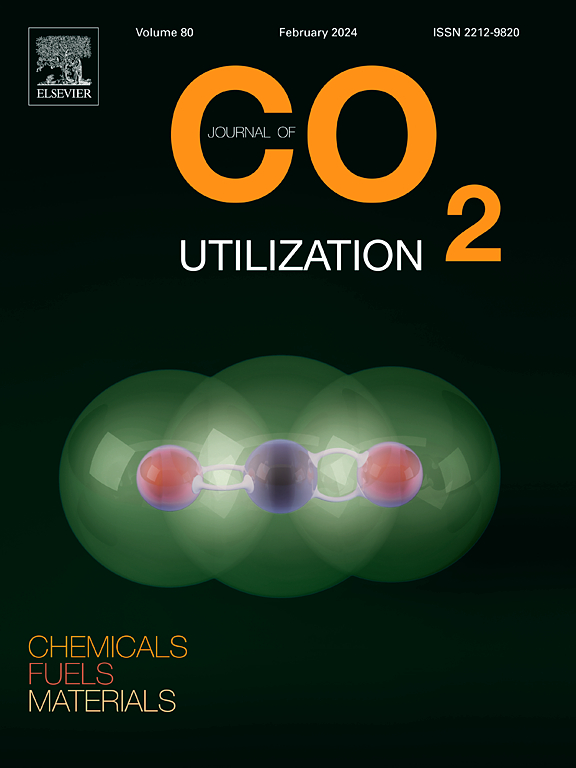Impact of particle breakage on the carbonation of argon oxygen decarburization slag - limitations and energy assessment
IF 7.2
2区 工程技术
Q1 CHEMISTRY, MULTIDISCIPLINARY
引用次数: 0
Abstract
Disposing waste from the steel-making industry and the ongoing rise in global carbon dioxide emissions represent significant challenges to overcome. Carbonation of steel slags, the main waste material formed in steelmaking processes, is one of the possible solutions. In this research, three different kinds of mills are compared in order to most effectively approach the carbonation of argon oxygen decarburization (AOD) steel slag while simultaneously milled. Using breakage potential as a parameter for quantitative comparison, it is shown that the planetary ball mill is noticeably performing better than the vibratory mill and the McCrone mill – up to 39 % in terms of breakage of particles. The breakage potential correlates well with the carbonation rate at all three examined speeds (200 rpm, 500 rpm and 800 rpm) in the planetary ball mill. However, it is estimated that energy up to 120 kJ/g is used for the breakage of particles. Energy applied above this threshold contributes mainly to the agglomeration, but at different rates depending on the implemented speed. This difference is due to the varying contribution of two influencing parameters during simultaneous carbonation and milling - the presence of water and the number of collisions of the grinding balls with the AOD steel slag. The present work gives insights into the breakage of steel slag particles, their carbonation potential and limitations for achieving higher carbonation rates as well as predicted energy usage to obtain these processes.
求助全文
约1分钟内获得全文
求助全文
来源期刊

Journal of CO2 Utilization
CHEMISTRY, MULTIDISCIPLINARY-ENGINEERING, CHEMICAL
CiteScore
13.90
自引率
10.40%
发文量
406
审稿时长
2.8 months
期刊介绍:
The Journal of CO2 Utilization offers a single, multi-disciplinary, scholarly platform for the exchange of novel research in the field of CO2 re-use for scientists and engineers in chemicals, fuels and materials.
The emphasis is on the dissemination of leading-edge research from basic science to the development of new processes, technologies and applications.
The Journal of CO2 Utilization publishes original peer-reviewed research papers, reviews, and short communications, including experimental and theoretical work, and analytical models and simulations.
 求助内容:
求助内容: 应助结果提醒方式:
应助结果提醒方式:


